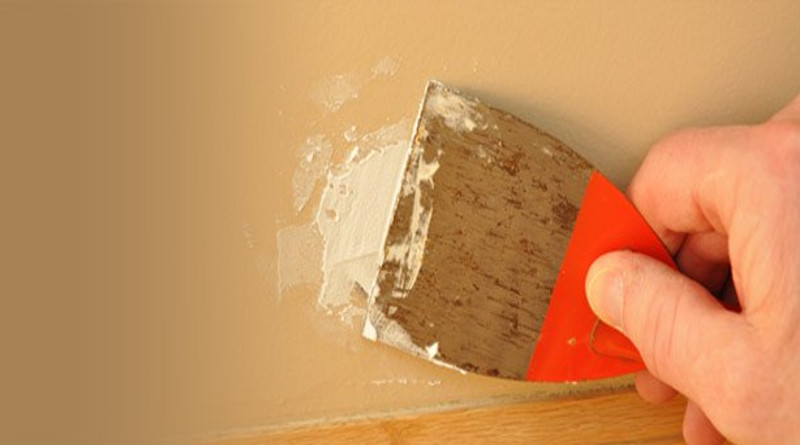There are many different types of filler available, and each has different use around the home. Choosing the right filler for the job will help to give you the best possible finish. As a rule, pre-mixed filler is easier to use but more expensive to buy than powder filler.
All-Purpose Filler
Available either pre-mixed or as a powder, all-purpose filler is suitable for filling small to medium-sized holes and cracks in most surfaces. It can be used outside if mixed with a diluted adhesive, but should be painted over when dry for the best results.
Hairline Crack Filler
Used for filling fine cracks in plaster, plasterboard and painted surfaces, this liquid filler is applied by brush and usually dries white in as little as 10 minutes. Not suitable for use on damp surfaces.
Paste Filler
Paste filler is pre-mixed in tubes (or tubs) and is suitable for filling larger hairline cracks up to about 3mm wide. Paste Filler can also be used to fill gaps in wood and shallow dents in walls and ceilings. Available in normal and fast dry types.
Plaster Repair Filler
Designed to fill large, deep holes in plaster and to give a smooth finish when dry. Generally sold as a powder which is mixed as needed, but can also be bought ready-mixed. Deep holes should be filled in layers, allowing each layer to dry as you work. Drying time in ideal conditions is about 24 hours.
Exterior Filler
Designed to fill cracks and holes in exterior masonry, render and concrete. Exterior filler usually dries to a grey finish and, once dry, is weatherproof and can be drilled. Available as a powder or pre-mixed in tubs.
Wood Filler
Used to repair small cracks and holes (nail holes, etc) in wood, both inside and outside. Wood filler usually comes in small tubs or tins and is available in several different colours and shades. If you plan to varnish over the filler, make sure that the dried colour matches the surrounding wood as closely as possible.
Polyester-based Metal Filler
This is a quick-setting filler designed to fill cracks or holes in metal objects such as downpipes and guttering. Once you start using this type of filler, you need to act quickly as it sets within about five minutes. You should be able to sand metal filler in about 20 minutes.
Frame Sealant
Frame sealant is used for filling gaps that can appear between masonry and window or door frames. It is a rubbery, flexible filler when dry and is best applied using a cartridge gun (as you would use for applying mastic around a bath). Once a skin has formed after 5-6 hours, frame sealant can be painted.
Foam Filler
Foam filler is mainly used to fill gaps where pipes have been passed through walls. The foam expands up to 60 times its original size and sets hard to completely plug the hole. It is best to apply too much and then, when it is dry, cut off the excess and sand it smooth. This smooth surface can then be painted.
[amazon_link asins=’B000TAWG6W,B002NKS30E,B0046Q9M26′ template=’ProductCarousel’ store=’subscribeands-21′ marketplace=’UK’ link_id=’f408479c-a550-11e8-a2d9-2bfcd440066e’]







